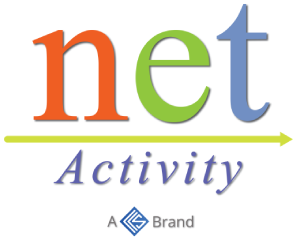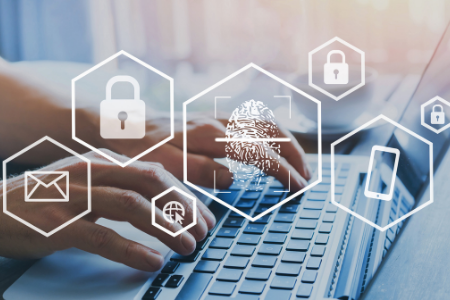Microsoft’s Windows 11 operating system offers a number of improvements over Windows 10, including a new Start menu and a more functional Taskbar. If you have just purchased a laptop running on Windows 11, or are planning to upgrade your current device, then you will need to know how to set it up. In this blog post, we will provide you with a guide on how to customize your Windows 11 laptop.
1. Set up how your device checks for updates
New laptops usually automatically check for updates, but you can also manually do this. Click the gear icon above the Start button to go to Settings, choose Windows Update, and then click Check for updates.
You can also type “updates” into the search box and click Check for updates.
2. Create a restore point
It is ideal to set up your laptop’s restore point, which is the backup of your entire operating system. Doing this can save you a lot of time, effort, and even money in case something goes wrong with your device.
To set up a restore point, simply type “restore” into the search bar and click Create a restore point. You’ll be taken to the System Protection tab of the System Properties window. From there, you can choose what you want to be included in the backup. Click the Configure button to apply your choices. Enable “Turn on system protection” if it’s not already on. Finally, choose how much disk space to reserve, which is ideally not more than 2–3% of your total disk space.
3. Choose a power plan
To help prolong your laptop’s battery life, you can choose from Windows 11’s Power Saver, High Performance, and Balanced power plans. Type “power plan” in the search button and choose either “Edit power plan” or “Choose a power plan.” Choosing the Edit power plan option allows you to set when the laptop display will be automatically turned off and when it will go to sleep. When you pick “Choose a power plan,” it will take you to a page where you can create and customize your power settings.
The default recommended plan is Balanced, but if you want to create your own, click on the “Create a power plan” option on the left part of the screen. You can choose from three options depending on how you plan to use your laptop: Balanced, Power Saver, and High Performance. After selecting your preferred plan, give your new power plan a name, then click Next to set the display and sleep settings for your laptop. Once done choosing your preferred power settings, click on Create and you’re good to go.
4. Set app installation tolerance level
For added security, you can restrict which apps can be installed on your laptop. Do this by going to Settings > Apps > Apps & features. From here, you can configure the “Choose from where to get apps” settings. You can choose whether to permit installations from only the Windows Store, any app installations (with a warning), or unrestricted app installations.
5. Remove bloatware
Some vendors package new laptops with bundled apps and software, which are mostly unnecessary and unwanted programs called bloatware.
Windows 11 offers an easy way to see which apps are installed on your new laptop and a quick way to uninstall those you don’t need. Head to Settings > Apps > Apps & features and peruse the list of installed apps. If you don’t want an app and are 100% certain that your computer doesn’t need it, click on the hamburger menu to the right of the app, then choose Uninstall.
6. Activate anti-ransomware
Ransomware is a form of malicious software that locks all your data until you pay a ransom to hackers.
To minimize the risk of ransomware attacks, type “Windows Security” into the search bar at the bottom of your screen and click on the Windows Security result. Go to Virus & threat protection, click Manage settings under “Virus & threat protection settings”, and go to “Controlled folder access”. From there, click the Manage Controlled folder access option and enable Controlled folder access; this protects you against ransomware attacks. By default, the Desktop, Documents, Music, Pictures, and Videos folders are protected, but you can add other folders that you’d like to be protected from ransomware.
There are myriad ways Windows 11 can be configured for optimization and security. This article barely scratches the surface of Window 11’s security and efficiency settings. Call us today for a quick chat with one of our Microsoft experts about taking your operating system to the next level.








